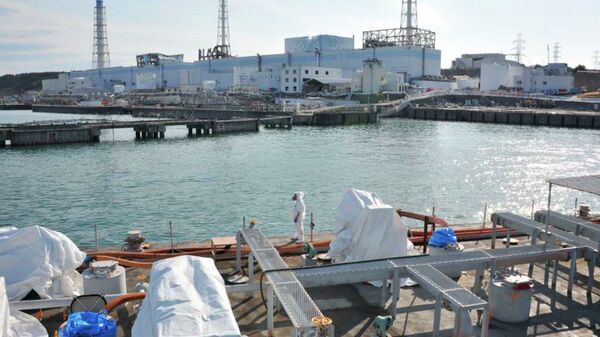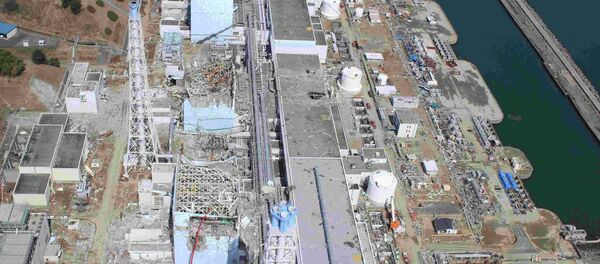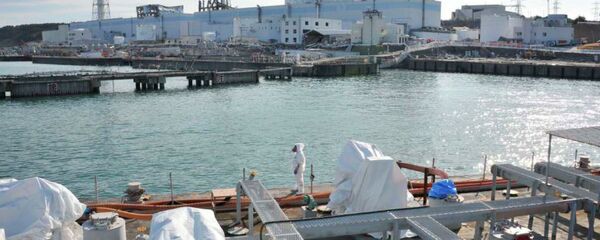"A group of citizens, including some from Fukushima Prefecture, on Tuesday [January 13] filed a second criminal complaint against a former nuclear safety official and eight others, arguing they failed to take necessary preventive measures in the Fukushima nuclear crisis," Kyodo News reported.
The criminal complaint follows the other one, filed in June 2012, accusing Tsunehisa Katsumata, then-chairman of TEPCO, and his colleagues of "alleged professional negligence" resulting in the 2011 Fukushima disaster, Kyodo notes. The second document slams Yoshinori Moriyama, a former nuclear safety official at the now-defunct Nuclear and Industrial Safety Agency and several TEPCO officials.
Meanwhile, the Japan Times reports prosecutors are currently reinvestigating the first case, after an independent judicial panel of citizens decided in 2014 that Tsunehisa Katsumata and other TEPCO officials should be indicted, although initially prosecutors had refused to convict them.
On March 11, 2011 shortly after a detrimental earthquake of magnitude 9.0, a 15-meter tsunami damaged three Fukushima Daiichi reactors resulting in a nuclear disaster. The accident, rated 7 on the INES scale, caused high radioactive releases, according to the World Nuclear Association. Major releases of radionuclides to the air occurred in mid-March 2011. About 300,000 people within a 20 km radius of the disaster's epicenter were evacuated. According to TEPCO, by December 31, 2011 almost 19,594 working at the site since March 11, had been exposed to high radiation levels. In a report, published in July 2012, the Fukushima Nuclear Accident Independent Investigation Commission (NAIIC) stated that the direct causes of the disaster were foreseeable and the accident was the result of the lack of governance and evident collision between the government, the regulators and TEPCO.




